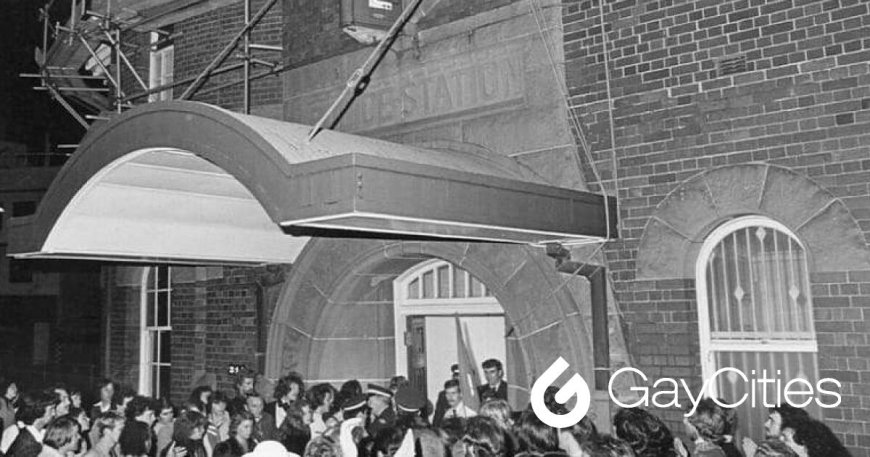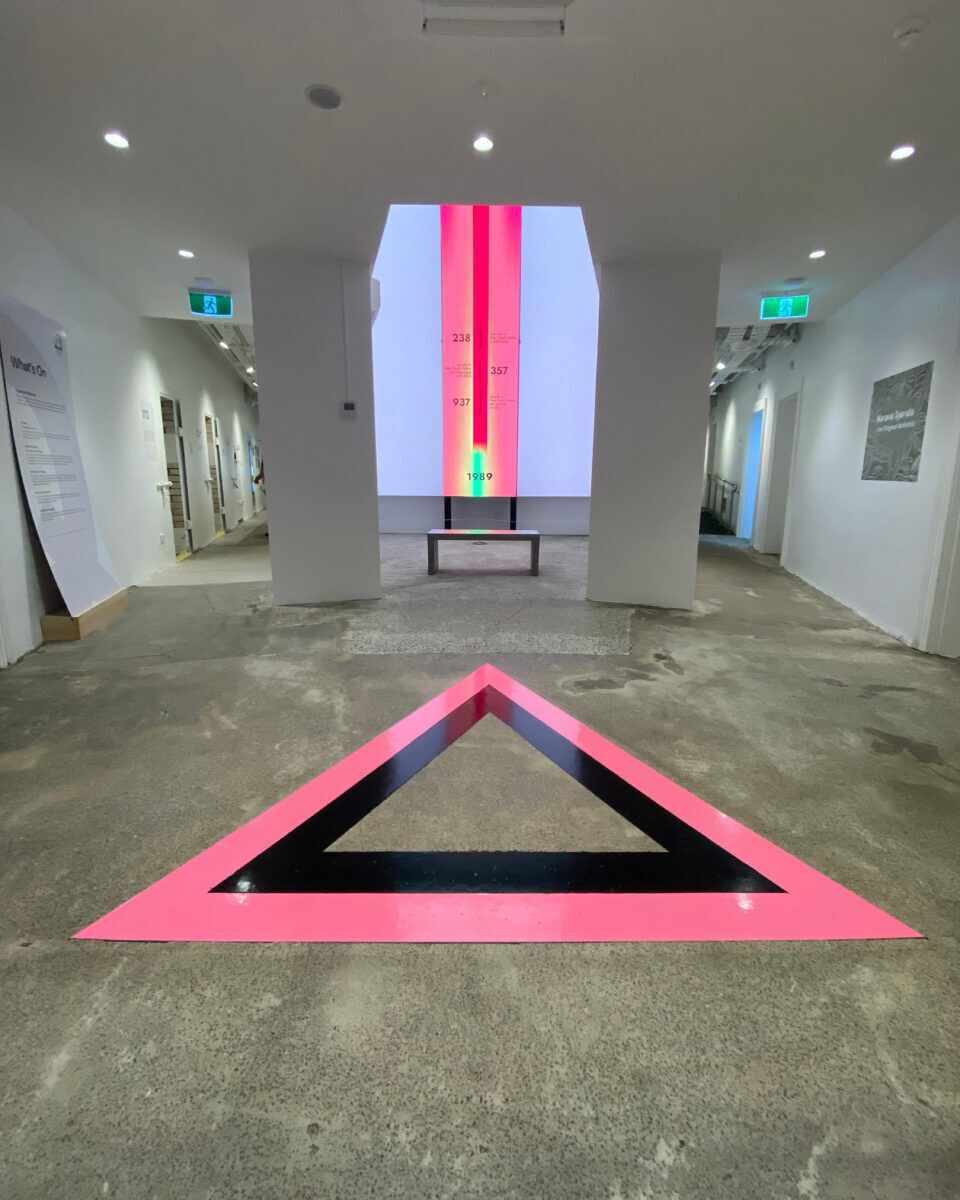Sydney’s LGBTQ+ museum is in a former jail where gays and lesbians were imprisoned and beaten
At Sydney's first gay rights march, hundreds were aggressively beaten and 53 were arrested and tortured at a nearby jail.


In the evening of 1978 in Sydney, the ripple effects of New York’s Stonewall Riots were still felt nearly a decade later. More specifically – and perhaps ironically – the city’s LGBTQ+ community would throw their first Pride march and face police brutality.
Queer activists had gathered earlier that day to protest for equal rights. However, many in the community and their allies couldn’t participate due to the lack of legal protections for anyone caught on camera.

Pack your bags, we’re going on an adventure
Subscribe to our weekly newsletter for the best LGBTQ+ travel guides, stories, and more.
Subscribe to our Newsletter today
At night, a “Mardi Gras” version of the march was organized—a moving party with costumes and makeup intended to shield better anyone captured by the media. The parade gathered at Taylor Square, and hundreds of queer people marched down Oxford Street, gradually turning into thousands.
Unfortunately, the celebratory ambiance soured when police cut off the parade, and hundreds of protesters were aggressively manhandled and beaten, with 53 of them arrested. An event meant to commemorate queer resilience against police brutality fell victim to the same kind of cruelty.
Sallie Colechin, one of the marchers, told ABC Australia that she never forgot the way the police arrested people. “There was a powerful feeling of aggression, hatred, and blatant homophobia. The trauma of that, without even being arrested or injured, stays with you,” she said.
“I thought I would die there,” said Peter Murphy, one of the protesters attacked by officers while in custody at the Darlinghurst police station.
Margaret Lyons, one of 20 women confined to a cell, recalled hearing Murphy being beaten senseless in the distance, a helpless sound that changed her life. “It sort of meant you are no longer safe in this world.”

A year after the police clash, the New South Wales Summary Offences Act was repealed. In 1982, the New South Wales Anti-Discrimination Act was amended to include protection based on sexual orientation in education, workplaces, and other settings. Since then, Sydney Mardi Gras Pride has been celebrated every year.
The Darlinghurst police station also went through changes of its own. It was shut down in the late ’80s and transformed into a community health hub for people dealing with HIV and AIDS. Later, it was taken over by the Health Department.
“And then it eventually came to us,” Qtopia’s Curatorial Director George Savoulis tells GayCities.

In February 2024, the Darlinghurst police station reopened under new ownership and a new mission, aiming to atone for its history. It became Qtopia, Sydney’s first queer museum.
“[The Health Department] turned a lot of spaces into offices, but they didn’t touch the cells,” says Savoulis. “When you go into the cells, it’s the original tiles. At head height, you can see the cracks in the tiles from the brutality that went on there—what happened to people from the LGBTQ+ community and others, like the sex worker industry, First Nations immigrants, and other people brought in here.”

Although Savoulis acknowledges the immense history of pain in the building—some of the original 78ers have refused to go near it since the first Pride march—he says they’re replicating what was done with the symbol of the pink triangle, which the Nazis once used to label gay people, and transforming oppression into power.
“We’ve got 19 exhibitions at the moment, and it’s all about telling stories in various ways, using different methodologies,” says Savoulis. “We’re being very unapologetic and unfiltered with our storytelling.”
The former architect understands that the building’s past lives don’t dictate its present, but the walls can shelter—and preserve—LGBTQ+ history. In that sense, Qtopia has committed itself to uplifting queer voices. The gay equal rights movement is as much about celebration as it is about pain, standing on the shoulders of countless unseen individuals. As a queer arts institution, it’s founded on visibility.
Savoulis says Sydney might have its own history—including a Pride celebration that happens in September instead of June for speedo weather—but its LGBTQ+ community shares the same hopes and woes as any queer person.

“We’ve seen a downturn in gay bars,” says Savoulis. “Part of the storytelling we’re trying to convey is that these spaces are not just for drinking and dancing; they are cultural hubs. We have multiple councils governing the city, and one of them decided to ban a book about gay families, which caused an uproar…We have similar issues [as queer people in the US].”
Ultimately, Savoulis says the LGBTQ+ community at large shares a camaraderie regardless of the zip code because of the universality of LGBTQ+ struggles and, with that, fears. “What happened in Orlando (Pulse Nightclub), we felt here very deeply because these are our spaces. If one of our spaces was invaded, it felt like none were safe,” he says.
Qtopia is meant to be a place for every queer person to see themselves, no matter where they come from. Savousli says the museum’s stories showcase the power of people putting aside differences and working together for a common goal.

 Mark
Mark 





